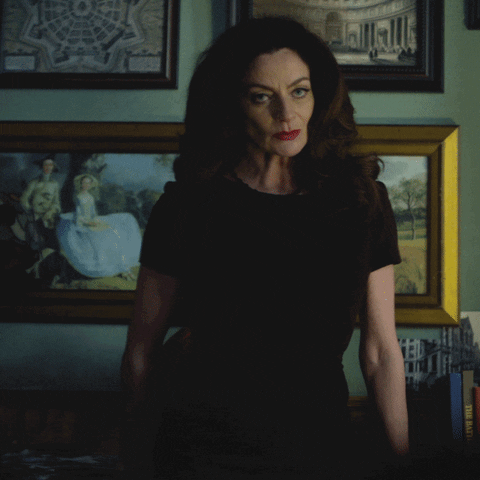Rethinking how we create brands for women: what In Defence of Witches can teach us
Sometimes inspiration strikes when you least expect it. This week’s article is inspired by my dear friend and exceptional strategist Virgilio Jarrín (who also deserves a huge congratulations for his recent promotion to Associate Director) who is always active and insightful on LinkedIn. Thank you for reminding me what a great book In Defence Of Witches is.
In Defence of Witches by Mona Chollet
In In Defence of Witches, Mona Chollet reframes the historical witch as a symbol of female autonomy. This is about women who dared to defy societal expectations. Chollet delves into the persecution of witches in the past and draws connections to the modern struggles faced by women today, particularly those who choose independence, reject traditional family roles, or embrace aging. The book highlights how these women, often marginalised or stigmatised, represent a threat to patriarchal systems. But what does this have to do with branding today? Everything.
For centuries, women who stepped outside of traditional roles were branded as dangerous or undesirable. Fast forward to now, and while the world has moved on from witch hunts, some of those outdated perceptions still shape how brands target women. Think about it: How often are women portrayed through narrow lenses in marketing, either as caregivers, youth-obsessed beauty seekers, or consumers in need of “pinkified” versions of products (because as we all well know, pink is for girls, obviously)?
This book’s exploration of the witch as a figure of independence invites us to challenge these simplistic views and consider how we can create brands that embrace women's complexity. It’s about moving away from stereotypes and designing brands that empower women in all their roles, whether they’re bold leaders, free spirits, or anything in between.
Branding with the modern woman in mind
As brand creators, we have the responsibility to reflect the real diversity of women. Today’s woman shouldn’t be boxed into outdated narratives.
To create brands that truly embrace modern women, we need to design with a deep understanding of their diverse experiences and aspirations. This means moving beyond outdated gender stereotypes and acknowledging women as multifaceted individuals with unique needs, ambitions, and lifestyles. Brands need to start offering women products and experiences that resonate with their real lives. It’s about being inclusive, authentic, and creating stories that reflect women's evolving roles in society while empowering them to define themselves on their own terms.
Let’s move beyond the old tropes and create new, updated brands that resonate with the real, complex lives women lead.
A note from me
Thank you for being a loyal reader of Abnorm. I’d like to invite you all to contribute to a poll to help me understand better what kind of content you are interested in and how often you’d like to receive that content. I’d kindly appreciate it if you could answer the following three questions (poll closes in a week).





